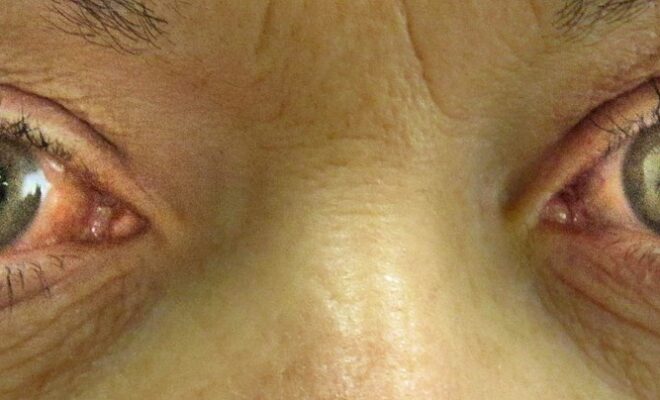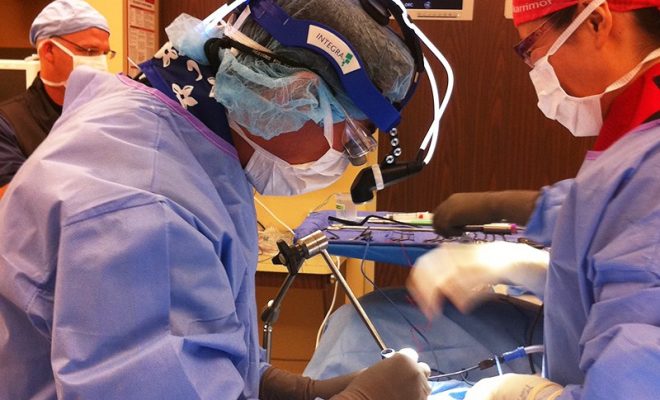Understanding Glaucoma and Its Treatment Options

Glaucoma is a group of eye diseases that can lead to irreversible vision loss and even blindness. The condition occurs when the optic nerve, which connects the eye to the brain, is damaged due to high pressure inside the eye. While there is no cure for glaucoma, early detection and treatment can slow down its progression and preserve vision. In this article, we will discuss the glaucoma treatment options that are available.
What is Glaucoma?
Glaucoma is a condition that damages the optic nerve, which transmits images from the eye to the brain. The damage usually occurs due to high pressure inside the eye, also known as intraocular pressure. However, in some cases, glaucoma can occur even with normal eye pressure. The condition often has no symptoms in its early stages, which is why it is sometimes called the “silent thief of sight.” As glaucoma progresses, peripheral vision loss occurs, and if left untreated, can eventually lead to total blindness.
Treatment Options for Glaucoma
While there is no cure for glaucoma, treatment can slow down its progression and preserve vision. The type of treatment depends on the severity and type of glaucoma. Here are some of the most common glaucoma treatment options:
- Eye Drops: Eye drops are often the first line of treatment for glaucoma. They work by reducing the production of aqueous humor, the fluid that circulates inside the eye and maintains eye pressure. Alternatively, some eye drops increase the drainage of the fluid out of the eye. Eye drops are usually prescribed to be taken once or twice daily and must be taken as directed to be effective.
- Oral Medications: In some cases, oral medications may be prescribed to lower eye pressure. These medications work by either reducing the production of aqueous humor or increasing the drainage of the fluid out of the eye. However, they may cause systemic side effects such as stomach upset, fatigue, or tingling in the fingers and toes.
- Laser Surgery: Laser surgery is a procedure that uses a laser to increase the drainage of aqueous humor out of the eye. This can be done using different types of lasers, depending on the type of glaucoma. The procedure is usually done in a doctor’s office or outpatient setting and takes about 10 to 15 minutes. Laser surgery is generally safe and effective, but the effects may wear off over time.
- Traditional Surgery: In cases where eye drops, oral medications, and laser surgery are not effective in lowering eye pressure, traditional surgery may be necessary. This procedure involves creating a new drainage channel in the eye to relieve intraocular pressure. While it is generally safe and effective, traditional surgery carries the risk of complications such as bleeding, infection, or vision loss.
Who is at Risk for Glaucoma?
Anyone can develop glaucoma, but some people are at higher risk than others. The following factors can increase the risk of developing glaucoma:
- Age: The risk of glaucoma increases with age, especially after the age of 60.
- Family History: Glaucoma can be hereditary, so if you have a family history of glaucoma, you may be at a higher risk.
- Race: African Americans, Hispanics, and Asians are at higher risk of developing certain types of glaucoma.
- Medical Conditions: Diabetes, high blood pressure, and heart disease can increase the risk of glaucoma.
- Eye Injuries: Injuries to the eye can increase the risk of glaucoma.
Glaucoma is a serious condition that requires timely diagnosis and appropriate treatment to prevent vision loss. While there is no cure for glaucoma, treatment options such as medication, laser therapy, and surgery can help manage the disease and slow its progression. Early detection and ongoing monitoring are essential in managing glaucoma effectively. If you suspect that you or someone you know may have glaucoma, don’t wait to seek medical attention. With proper treatment and care, many people with glaucoma can preserve their vision and maintain a good quality of life.









